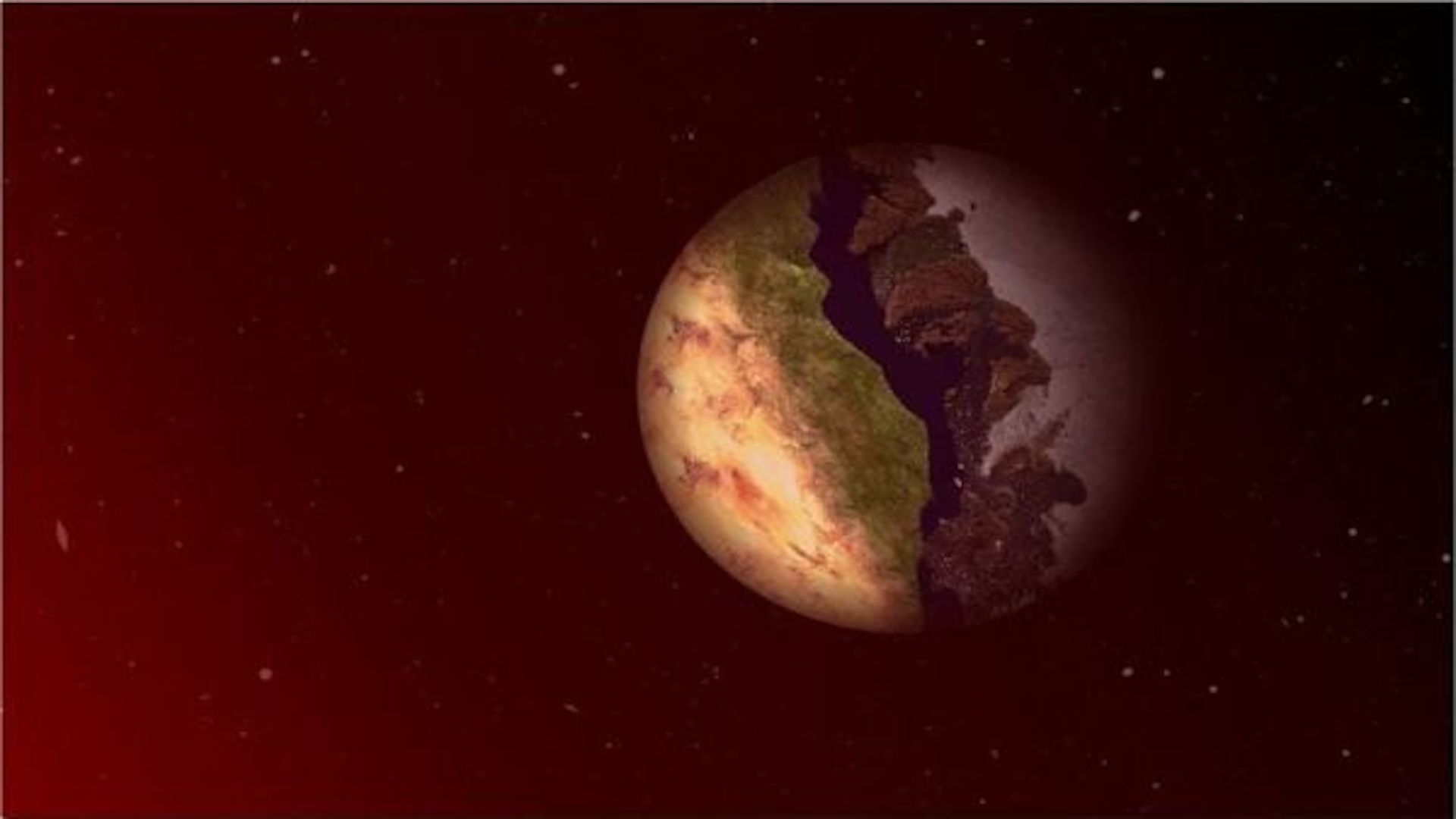
Imagine if one side of the Earth always faced the sun. Half of the planet would be stuck in perpetual daylight, the other shrouded in permanent night.
But for aliens in other solar systems, our doomsday scenario may be their everyday — and life might get along just fine. In a new study, astronomers propose that extraterrestrial life could exist in so-called terminator zones, the border between light and dark halves of an exoplanet.
"These planets have a permanent day side and a permanent night side," Ana Lobo, an astrophysicist at University of California, Irvine (UCI) and lead author of the new work, said in a statement. "This is a planet where the dayside can be scorching hot, well beyond habitability, and the night side is going to be freezing, potentially covered in ice. You could have large glaciers on the night side."
Related: What really makes a planet habitable? Our assumptions may be wrong
This seemingly strange kind of planet is actually quite common, particularly around the dim small M dwarf stars that make up nearly 70% of all stars in our galaxy, the Milky Way. Around these smaller stars, exoplanets often become tidally locked, a gravitational phenomenon in which one side of the planet always faces the star. (Similarly, tidal locking is why Earth only sees one side of the moon.)
Astrobiologists often focus on ocean worlds since water is such a key ingredient for life. Lobo and collaborators, however, wanted to find new niches where life may be able to survive. "We are trying to draw attention to more water-limited planets, which despite not having widespread oceans, could have lakes or other smaller bodies of liquid water, and these climates could actually be very promising," Lobo said.
Through computer simulations, Lobo showed that terminator zones on planets with a significant amount of land — versus those covered entirely in oceans — could, in fact, support liquid water and therefore life. With too much water, however, everything evaporates, covering the surface in a thick cloud of vapor.
A slew of upcoming planet-hunting telescopes could search such terminator zones for signs of life, from the famed James Webb Space Telescope to the future Habitable Worlds Observatory, slated to take to the skies in the 2040s.
The study was published March 10 in The Astrophysical Journal.
The story was originally published on Live Science.
Follow us on Twitter @Spacedotcom and on Facebook.







